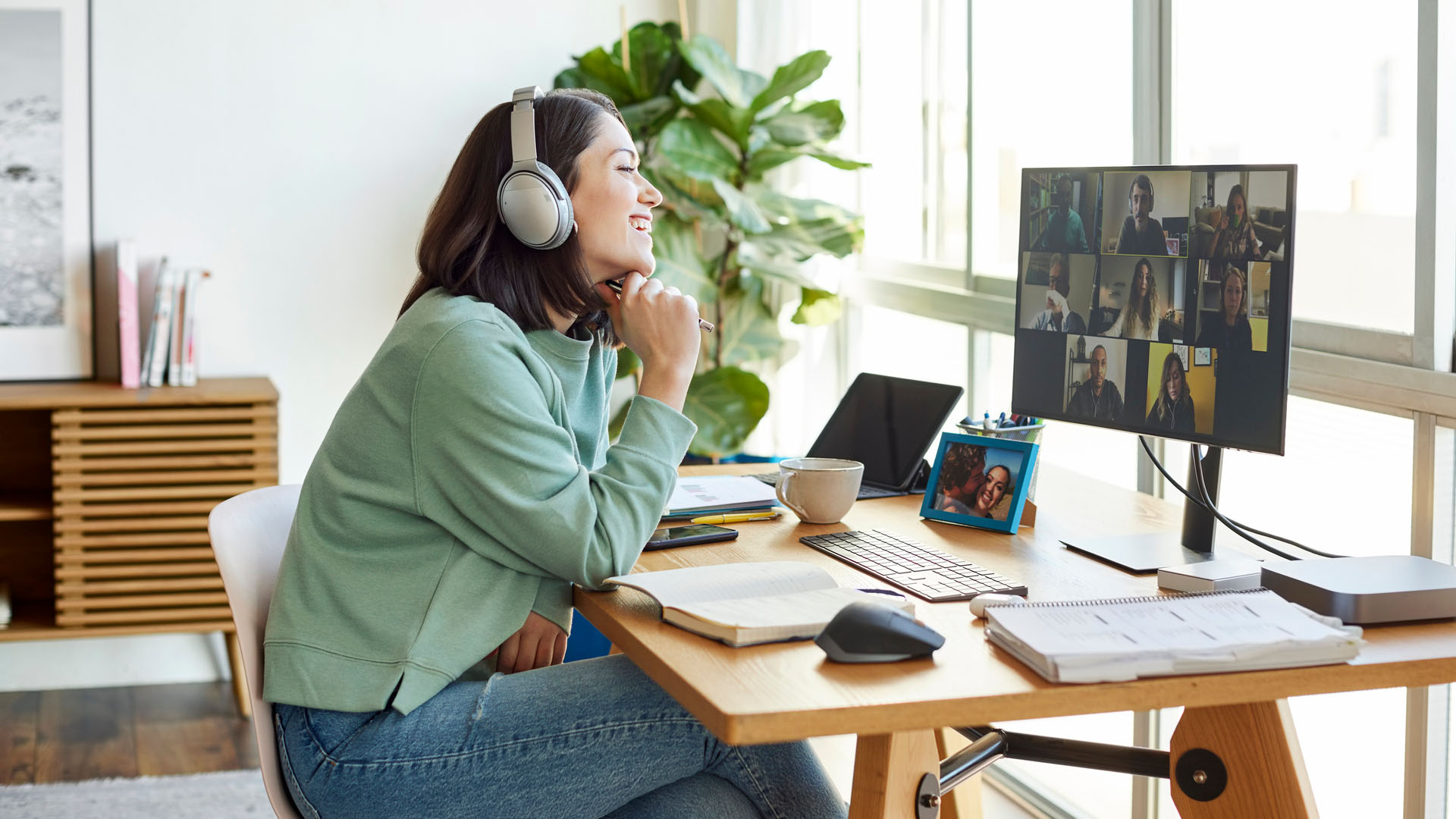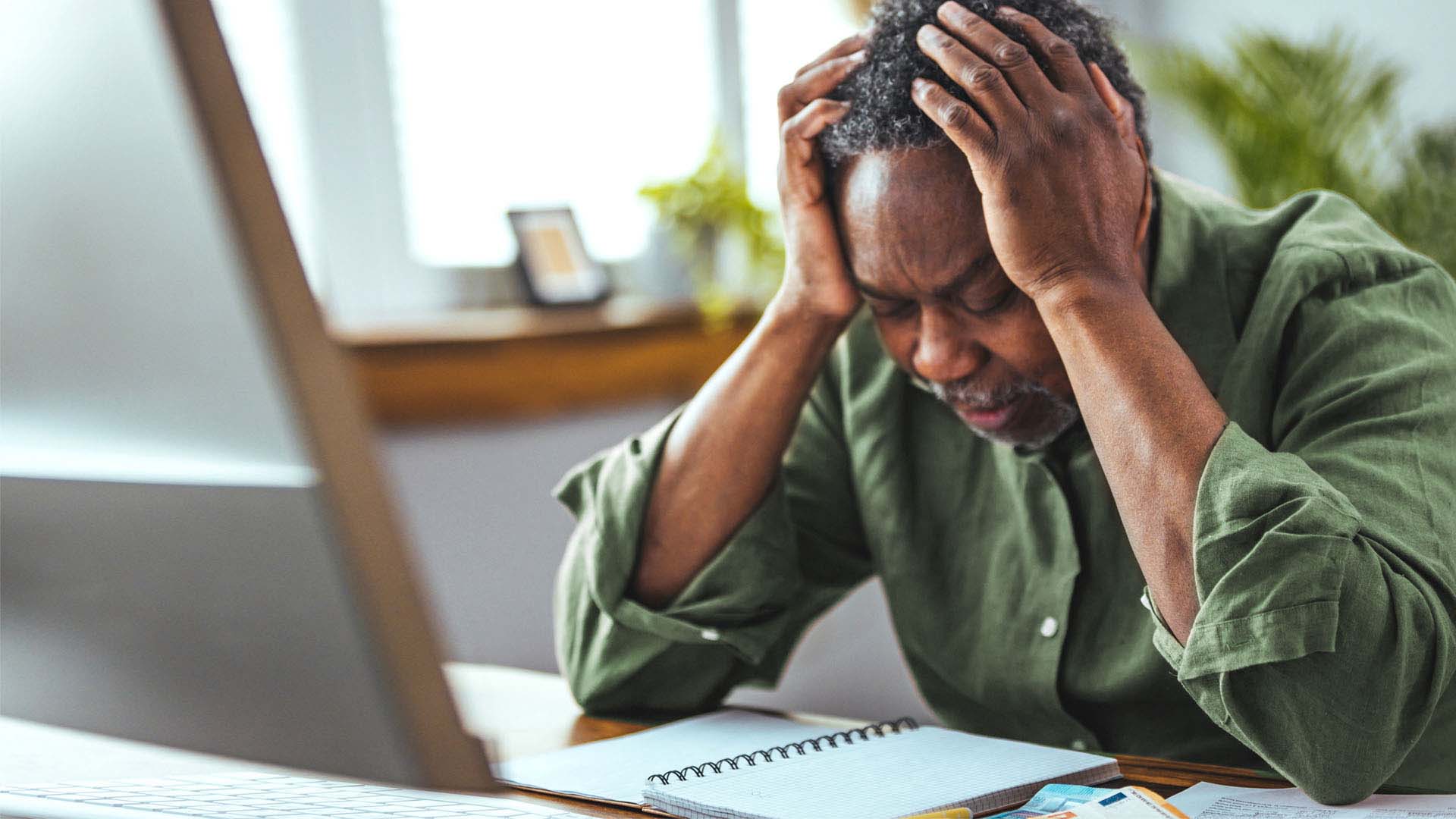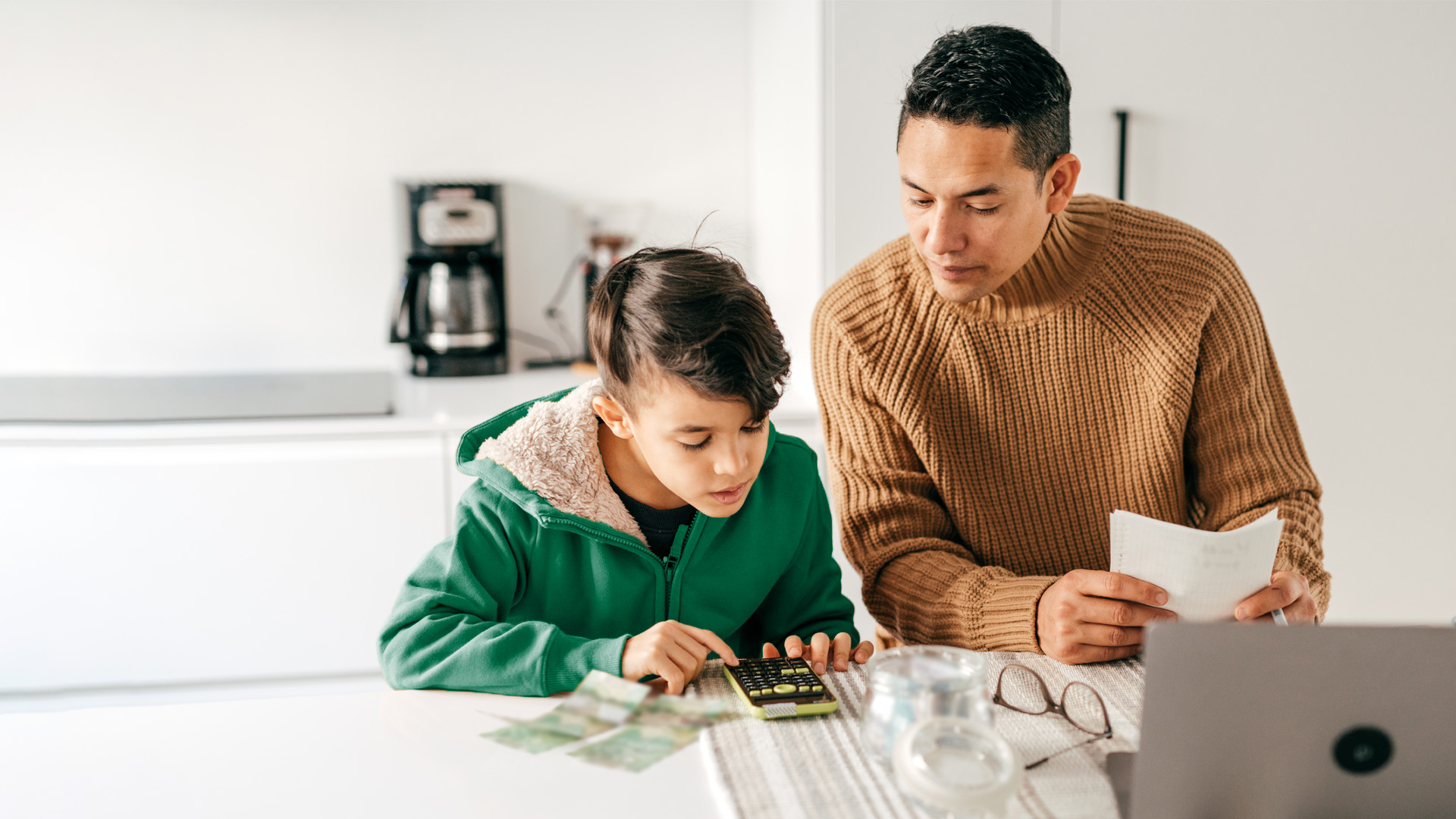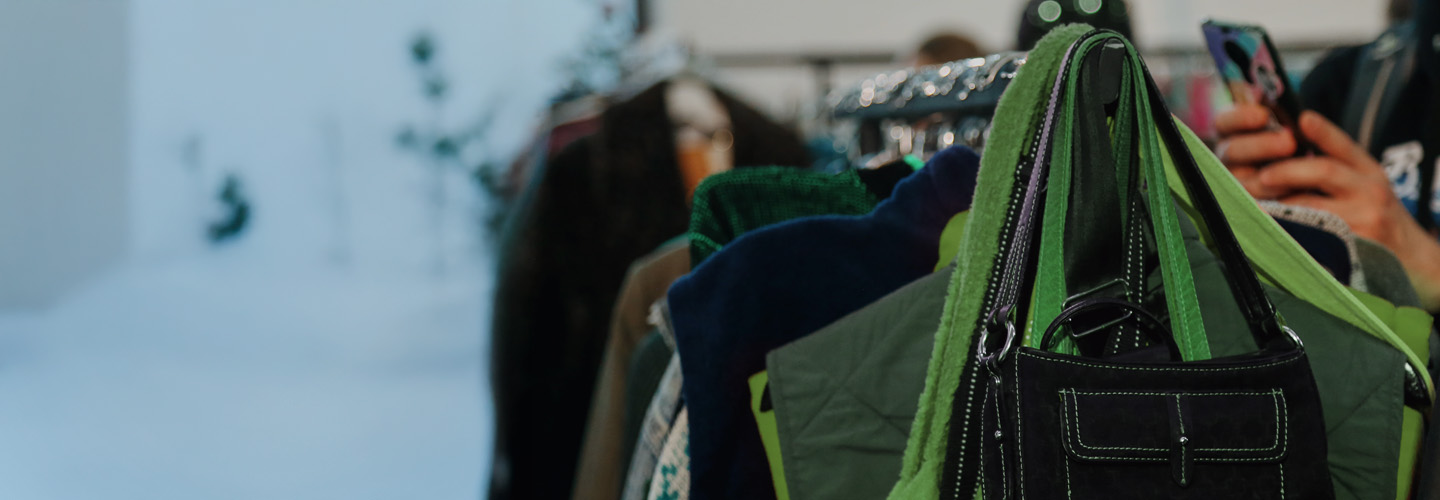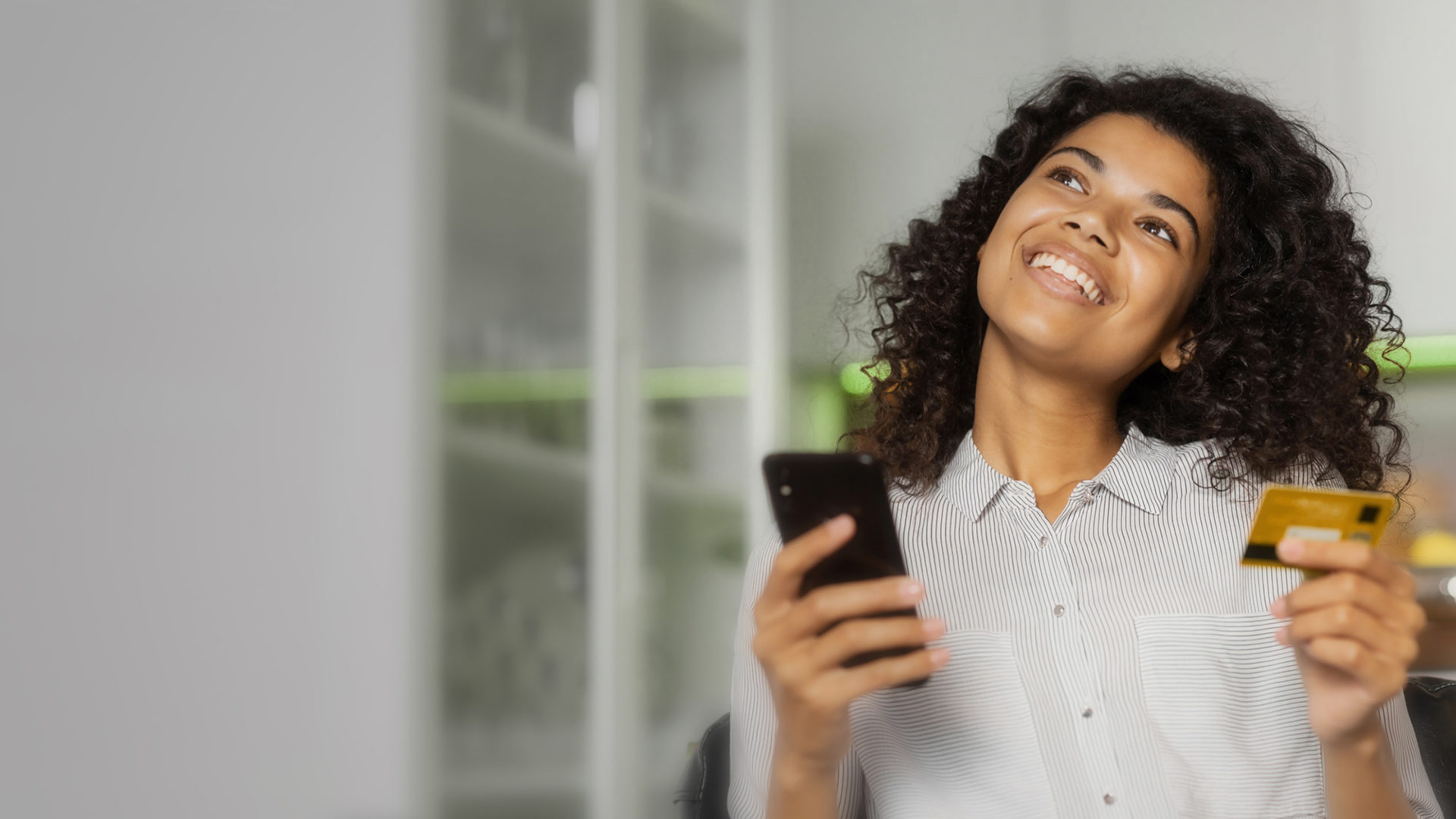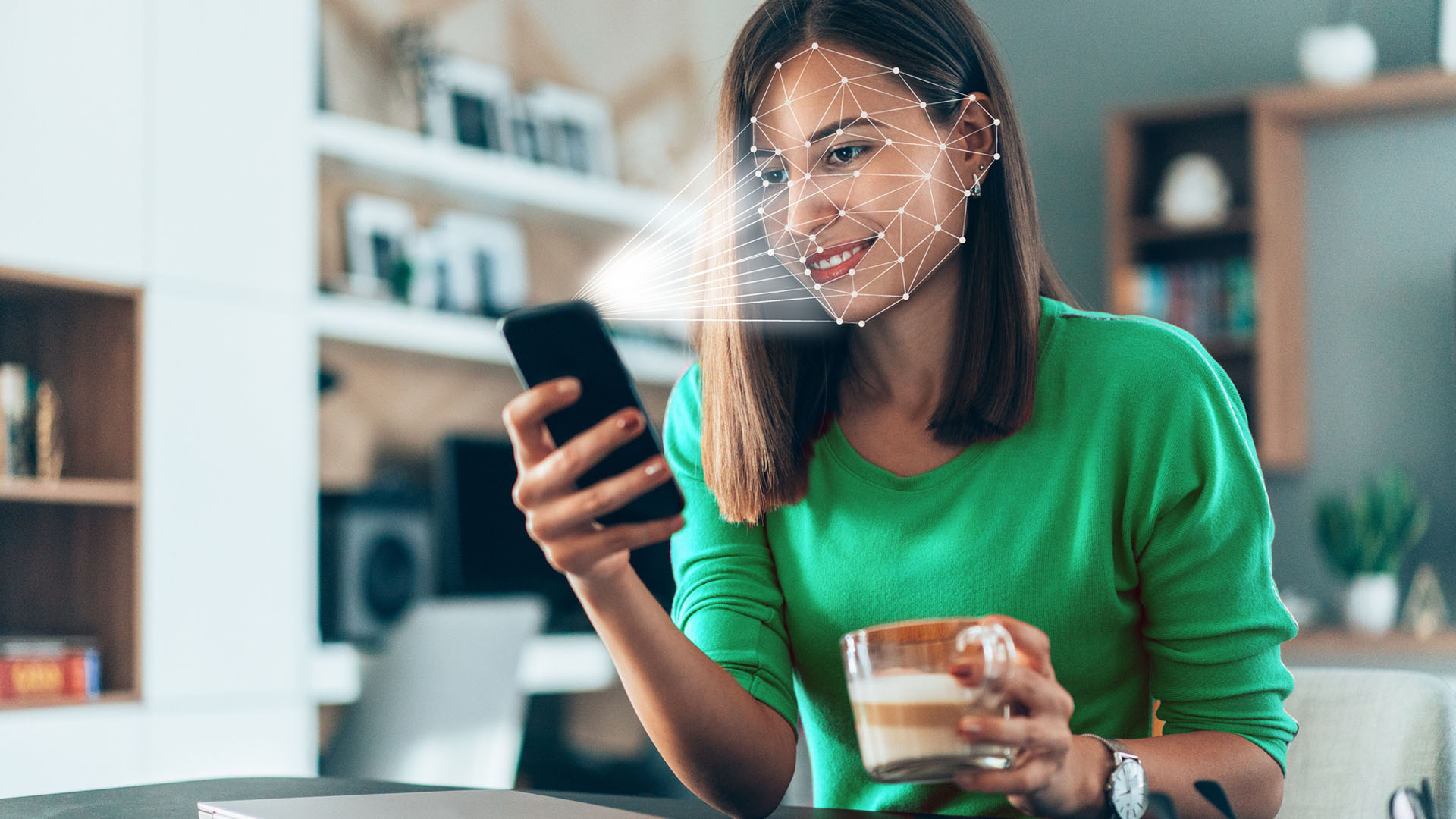In the hustle and bustle of daily life, when you get paid for a product or service in cash, you’ll probably check that the amount is correct, but do you ever take the time to check that the notes themselves are genuine and undamaged? It’s easy to scan the face value quickly and forget to check that the money you’re given is genuine.
It’s an essential step, because fraudsters are very creative, and you can’t always tell counterfeit or fake cash at first glance. Really good forgeries might pass through several hands before they end up with you, so the person who gave you the note may not even be aware it’s fake. Then there's the issue of damaged banknotes – just how damaged can notes be, before they’re too damaged to be accepted as legal tender? This guide should help.
How to spot fake South African banknotes
The South African Reserve Bank (SARB) has built a range of security features into our banknotes to help prevent counterfeiting. Make a habit of checking every banknote you’re given – even the change you receive from a retailer.
Use this simple 3-step test:
- Look
Hold the note up to the light. You should see a watermark that matches the portrait of Nelson Mandela (on the old V4 notes – on newer V6 notes, the watermark should match the Big 5 animal on that denomination, like the elephant on a R20 note). You should also see a solid security thread running through the note, with the South African coat of arms, the value, and the words ‘RAND’ and ‘SARB’ on it. Look closely at the microprinting around the portrait – it should be sharp and detailed.
- Feel
Run your fingers over the note – the Mandela portrait and the words ‘South African Reserve Bank’ should feel slightly raised and textured.
- Tilt
Move the note gently under a light. You’ll see the security thread change colour and reflect the light.
Feature |
Real note |
Fake note |
Watermark |
Visible when held to light |
Often missing or blurry |
Security thread |
Solid line with SARB, RAND |
May be printed or inconsistent |
Raised print |
Tactile on Mandela portrait |
Usually flat or smooth |
UV features |
Glows under UV light |
Often absent |
If you run a business, consider installing UV lights at your point of sale (POS), and make sure your staff are trained to check every note they handle.
Why checking your cash matters
Fake notes can be surprisingly convincing – and even if the person paying you thinks they’re genuine and you accept them in good faith, you’ll still suffer the loss. By law, counterfeit money cannot be exchanged for real money. If you accept a fake note, you’re legally required to hand it over to the police and explain how you got it. Unfortunately, neither banks nor SARB will reimburse you.
Cashless transactions have never been easier – Nedbank offers a variety of digital banking payment solutions
Dye-stained or washed notes
These are probably real notes, not forgeries – but they're often linked to criminal activity. Notes stained with bright pink, green, or blue dye, or that appear to have been washed or altered, are often the result of ATM or cash-in-transit heists. Bulk cash includes dye packs that explode if the money is tampered with. SARB considers stained or washed notes to be the proceeds of crime. You may not use or exchange them, and simply having these notes is a legal risk.
What about damaged notes?
Sometimes a note isn’t fake or stained – it’s just old, torn, or partially destroyed. In these cases, you might still be able to exchange it, depending on how much of the original note remains.
- If two-thirds or more of the original note is intact, you can exchange it at full value.
- If between two-fifths and two-thirds of the note is intact, you’ll receive half the value.
- If less than two-fifths of the note remains, it has no value and cannot be exchanged.
You can exchange damaged banknotes here:
- Any commercial bank where you have an account (but only if the note was issued in 2005 or later).
- SARB Head Office in Pretoria (you can exchange any qualifying notes here, including Big 5 notes issued before 2005).
To redeem badly damaged notes, you may need to complete a form F73 – the official SARB form for submitting damaged banknotes. Ask your bank or visit the SARB website to get a copy.
FAQs
Can I exchange fake money at a bank?
No. Counterfeit money must be handed in to the police or SARB. There’s no reimbursement.
What if I unknowingly accept counterfeit money?
Unfortunately, the law doesn’t make allowances. You must report it, and you’ll lose the value of the note.
Can I use damaged coins?
Generally, yes – as long as they are still recognisable and not deliberately defaced.
Going cashless with Nedbank
A cashless lifestyle has both pros and cons, but an undeniable advantage of digital transactions on platforms like the Money app and Online Banking is that you don't have to worry about fake or damaged money. Cashless transactions have never been easier – Nedbank offers a variety of digital banking payment solutions, from debit cards on personal bank accounts and electronic funds transfers, to credit cards and POS devices for small businesses. Stay vigilant and informed and keep your transactions safe.
Important: Nedbank ATMs do not accept dye-stained, counterfeit, or heavily damaged notes. These must be handed in at your nearest branch or police station.


